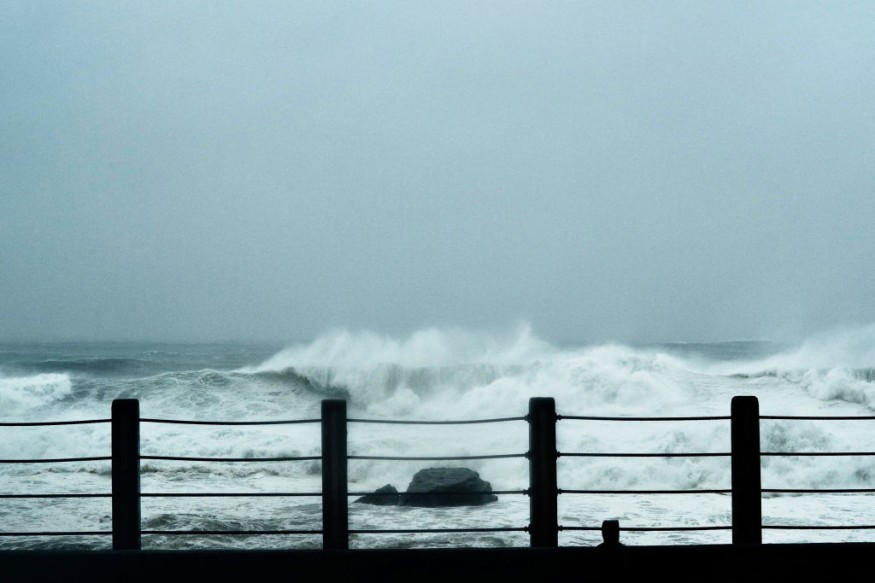A 6.7 magnitude earthquake reportedly hit Taiwan in the early hours of Wednesday, March 23.
The quake was accompanied and followed by a series of tremors ranging from 4.3 to 5.8 magnitudes. There are no further details at this time of any casualties, damage, or a tsunami warning.
The tremor in Taiwan transpired a week after the major earthquake in Japan.
The recent earthquakes in the East Asia region highlighted its vulnerability to a renewed threat of frequent earthquakes in a region where seismic activity is dynamic.
6.7 Magnitude Earthquake

The United States Geological Survey (USGS) recorded a 6.7 magnitude earthquake off the coast of Hualien City in Taiwan at 1:41 a.m. CST (local time) on Wednesday.
The tremor had a depth of 24 km.
Other tremors, both ongoing and recent, were recorded by the USGS in the country as well.
Despite the magnitude, there is no tsunami warning, threat, watch, or alert in the country as of writing.
Buildings shook on Wednesday morning in Taipei and it was also felt in other parts of the country. Still, there were no immediate reports of any fatalities, as per the country's weather bureau, as cited by Reuters.
Also Read: Kumano Pluton: This Mountain-Sized Igneous Rock Under Japan May Be a Magnet for Megaquakes
East Asia Recent Earthquakes
The earthquake in Taiwan occurred a week after a 7.4 magnitude earthquake struck Japan, leaving four people dead, over 100 injured, and millions of homes without electricity, as per CNN.
The epicenter of the quake was recorded off the coast of 3the country's Fukushima prefecture on Wednesday, March 16.
The tremor in Japan was initially classified as a 7.3 magnitude earthquake but was later upgraded to 7.4 on Thursday, March 17.
A tsunami warning was also issued for the Fukushima and Miyagi prefectures but was lifted afterward.
The recent earthquakes in the two East Asian countries have shown the renewed threats from earthquakes in the region, which is situated along the Pacific Ring of Fire where seismic activity is very active due to the movement of tectonic plates, causing frequent earthquakes and volcanic eruptions.
Earthquake Magnet
Aside from the fact that Taiwan and Japan are situated within the Pacific Ring of Fire, a recent study in Nature Geoscience has linked an underground mountain-sized rock in southern Japan known as Kumano Pluton, which serves as a potential magnet for megaquakes.
This is evident as both strong and moderate earthquakes have frequently hit Japan over the past several decades since modern seismic monitoring started.
However, Taiwan and other countries in Southeast Asia like Indonesia, Malaysia, and the Philippines are also prone to earthquakes.
Earthquake Risks in Taiwan
In 1999, a 7.6 magnitude earthquake in Taiwan killed approximately 2,000 people, injured more than 10,000 others, and destroyed tens of thousands of buildings.
It is reportedly considered to be the deadliest earthquake and natural disaster in the country's history.
The incident is known as the 1999 Jiji earthquake or the great earthquake of September 21.
The aftermath of the megaquake in Taiwan was followed by almost two decades of "relative" calm in the country until another quake hit southern Taiwan in 2016, killing more than 100 people.
Nevertheless, the risk of the "next big one" or a megaquake is still looming in the small island country of East Asia.
© 2025 NatureWorldNews.com All rights reserved. Do not reproduce without permission.





